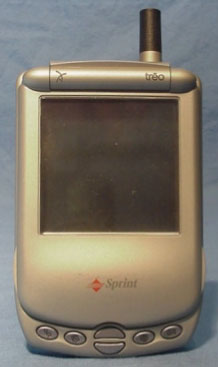
|
|
|
| Wed Jul 10, 2002 - 7:13 PM EDT - By Marcus Adolfsson, Michael Ducker | |
|
|
|
 FCC has finally posted the documents related to the Treo 300's approval
process - and we got more than we bargained for.
FCC has finally posted the documents related to the Treo 300's approval
process - and we got more than we bargained for.The detailed Sprint branded manual reveals the new features of the Treo 300. The Dialer program is slightly modified, and contains several changes:
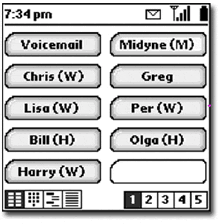
The SMS program has received some nice updates as well. While viewing an SMS
message, you can highlight either a phone number, an e-mail, or a URL. A new
"Action" button changes to Call, Email, and Browse respectively. According to
the manual, the user needs to subscribe to the Sprint PCS 3G network services to
use SMS.
The manual also confirms that the 3G data services are billed according to the
amount of data (kilobytes) you send and receive, not the minutes you use on your
phone.
No availability date or pricing is yet available.
Photos of the Treo 300 (Internal and External) are now available. We've chosen
six to show here.

Here is the front of the Treo 300 - notice that the Handspring logo has moved to the upper left corner, with the Sprint logo featured on the flip.
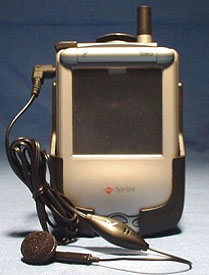
Another picture of front, this time while the Treo 300 is in the holster.
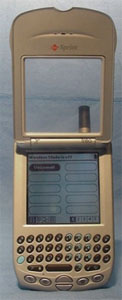
The Treo 300 with its flip open. Again notice the Sprint logo.
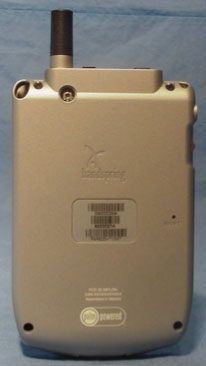
The back of the Treo 300. Sadly without a SIM slot, all barcodes and other information must
now be put on the back. Also notice that at the top, where the power button, sound switch, and antenna are, the base of that has been raised. This appears to be the only structural difference between the GSM Treo's and the Treo 300.
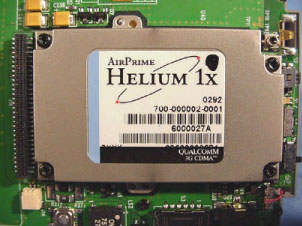
An internal picture of the AirPrime CDMA module.
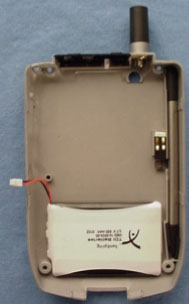
An internal picture of the Treo 300's battery, and inside of the case.
More photos are available in the pdf's off the FCC website.
Thanks to Marty1781 and RLewis for the links.
�
Copyright 1999-2016 TreoCentral. All rights reserved :
Terms of Use : Privacy Policy
TREO and TreoCentral are trademarks or registered trademarks of palm, Inc. in the United States and other countries;
the TreoCentral mark and domain name are used under license from palm, Inc.
The views expressed on this website are solely those of the proprietor, or
contributors to the site, and do not necessarily reflect the views of palm, Inc.
Read Merciful by Casey Adolfsson